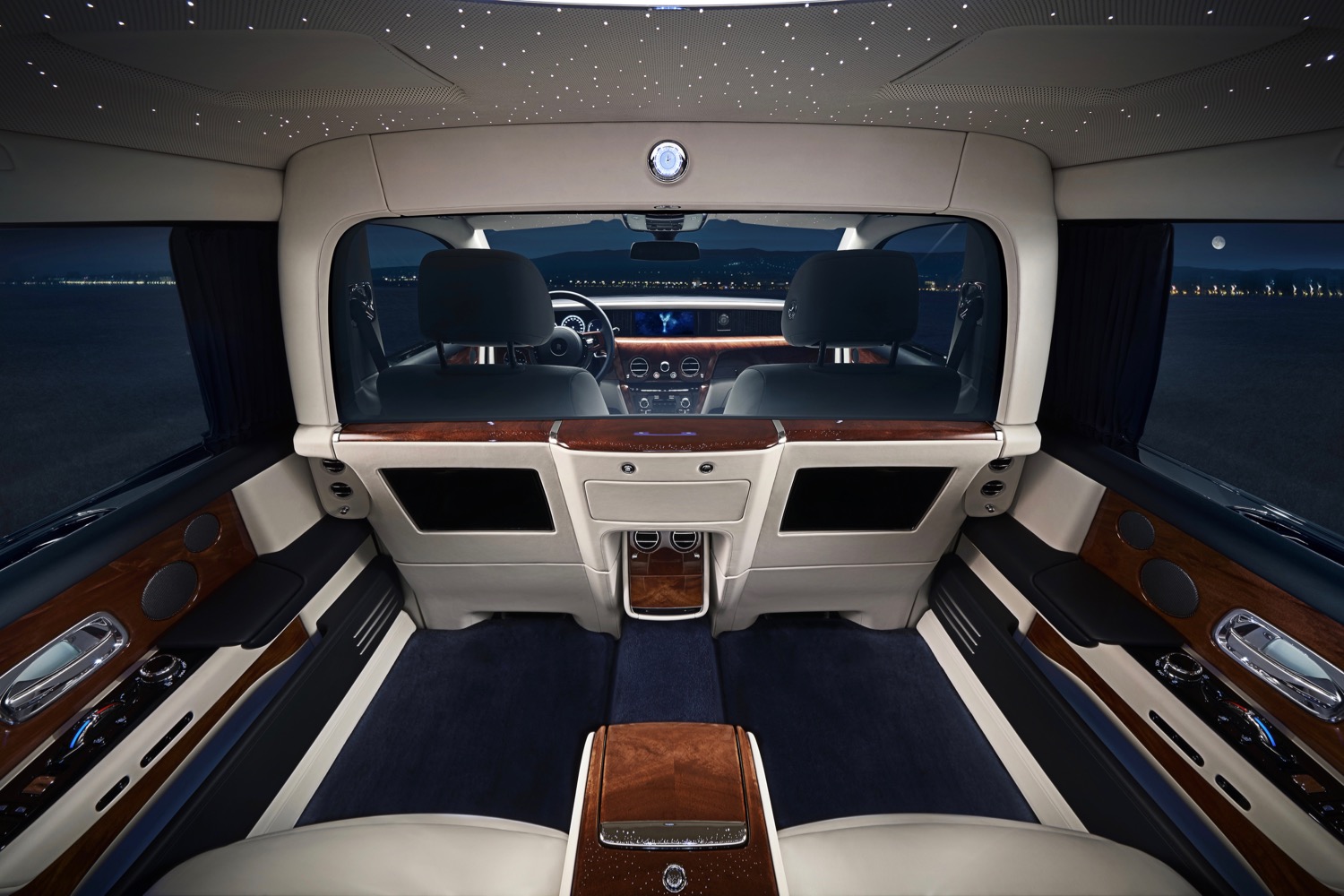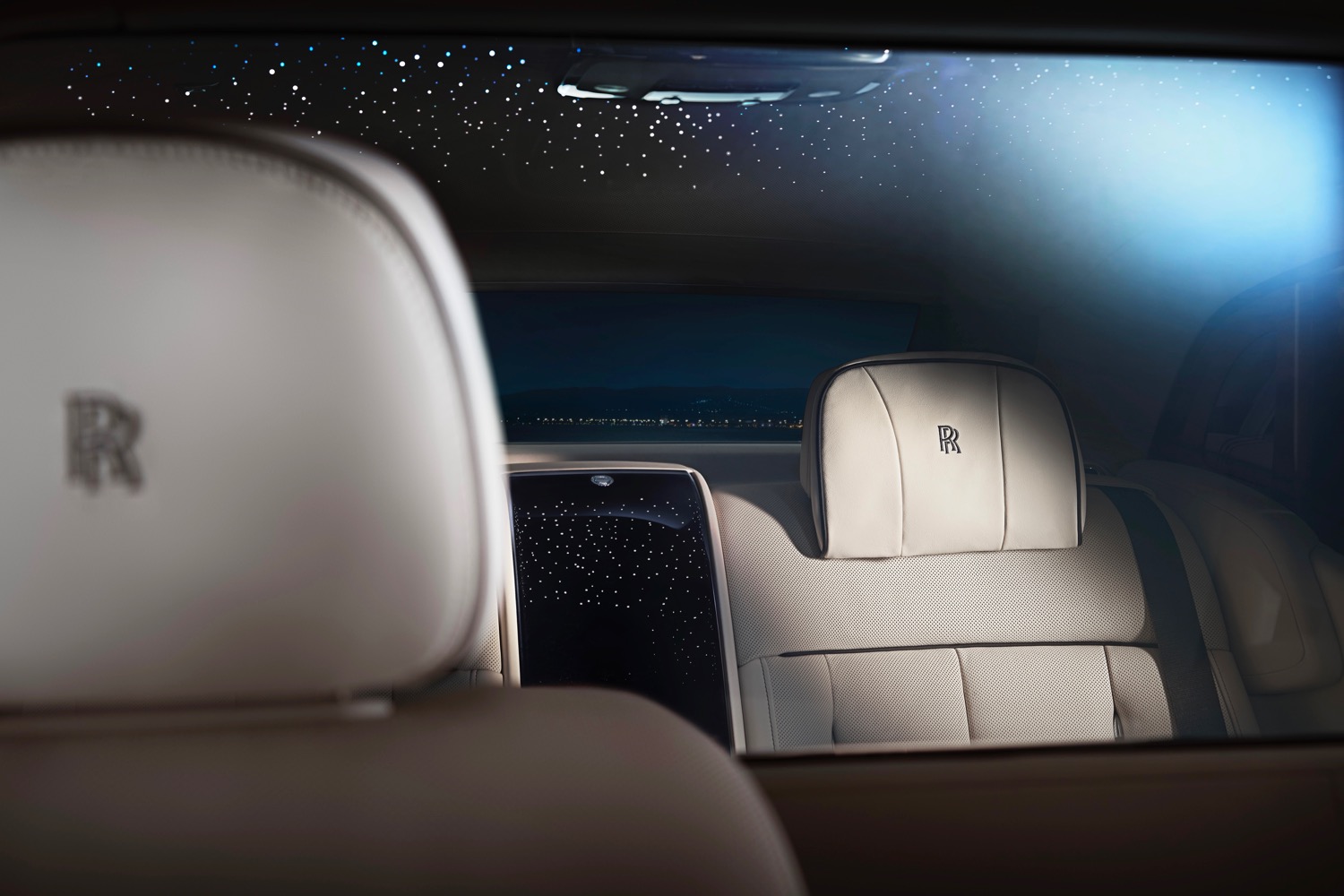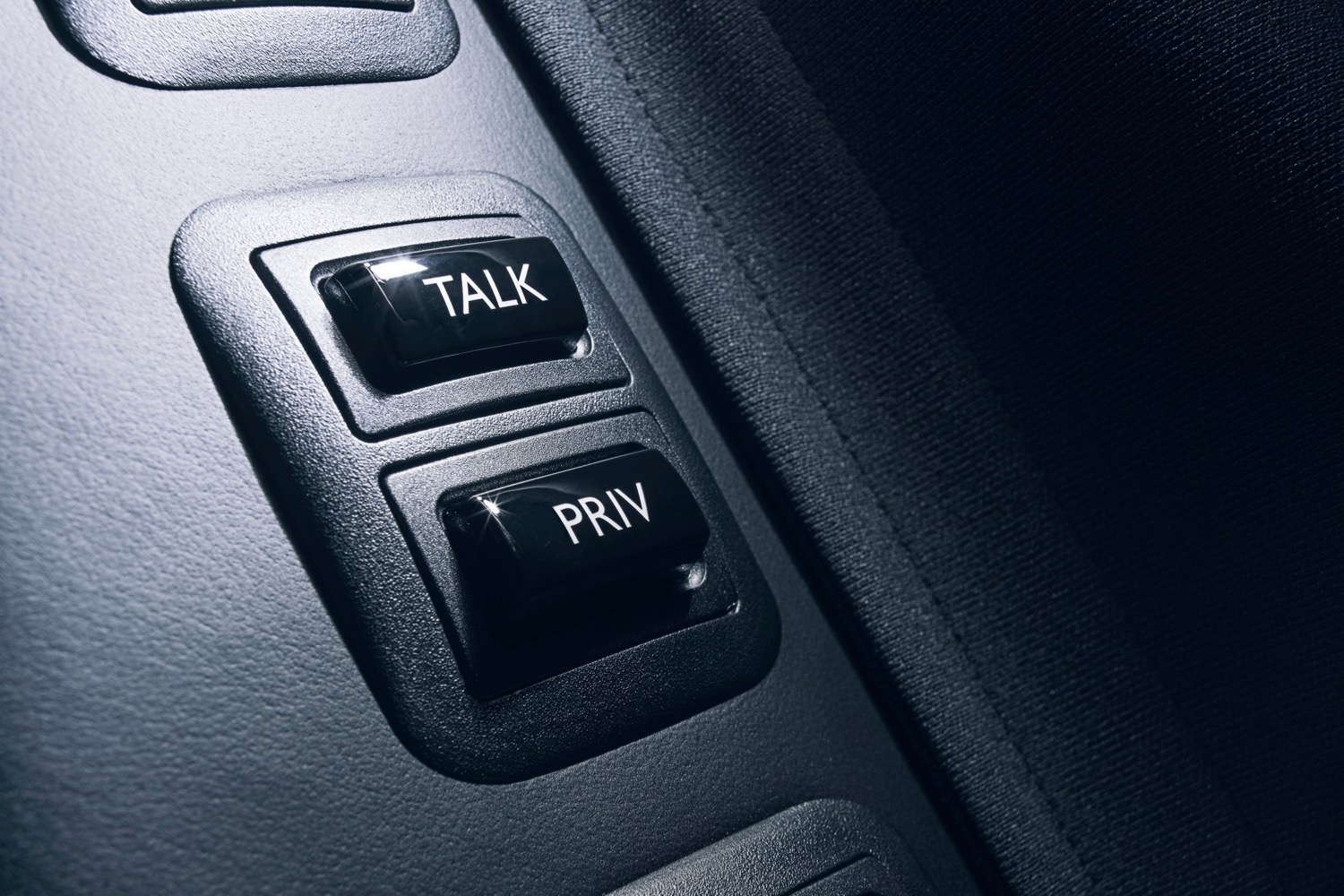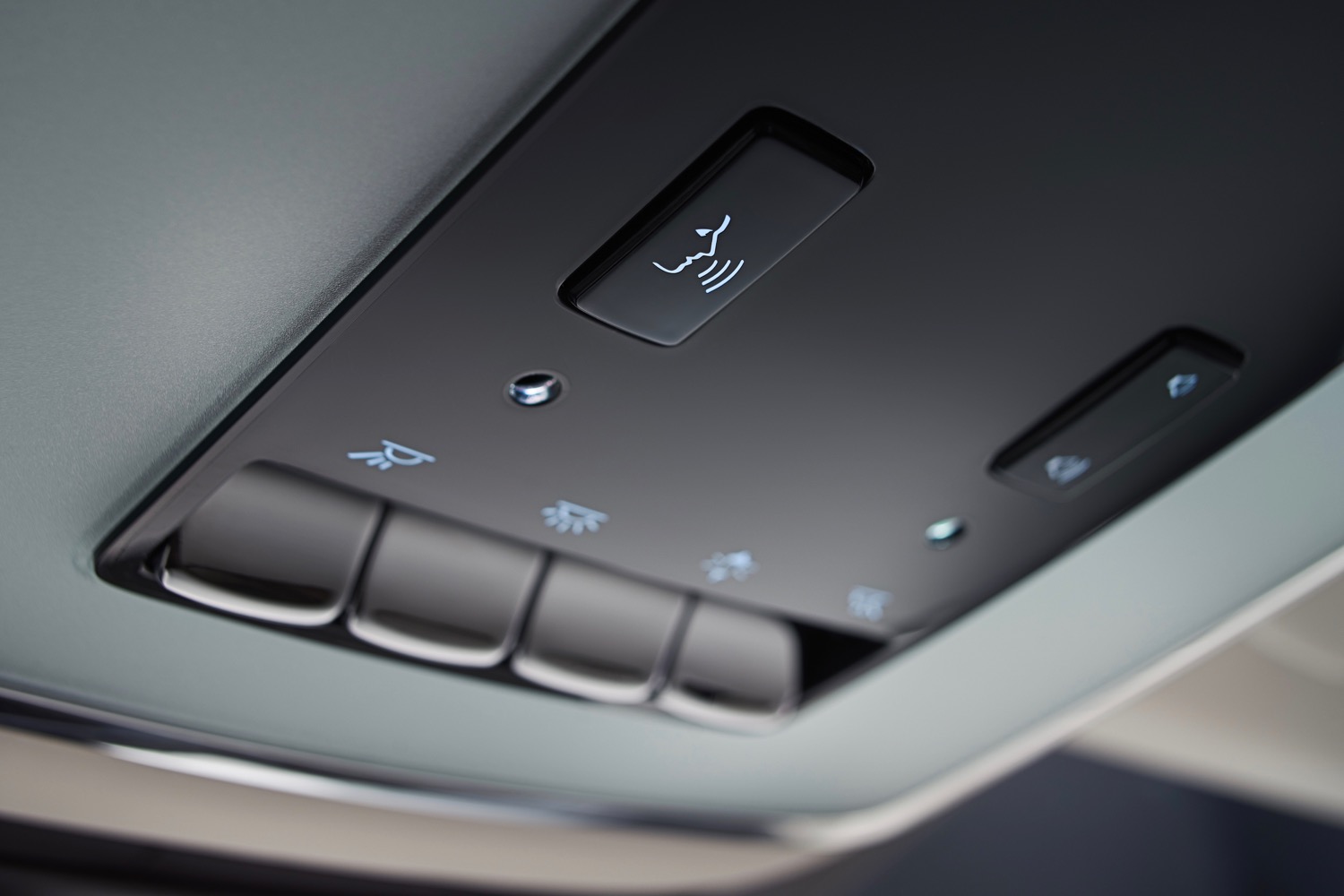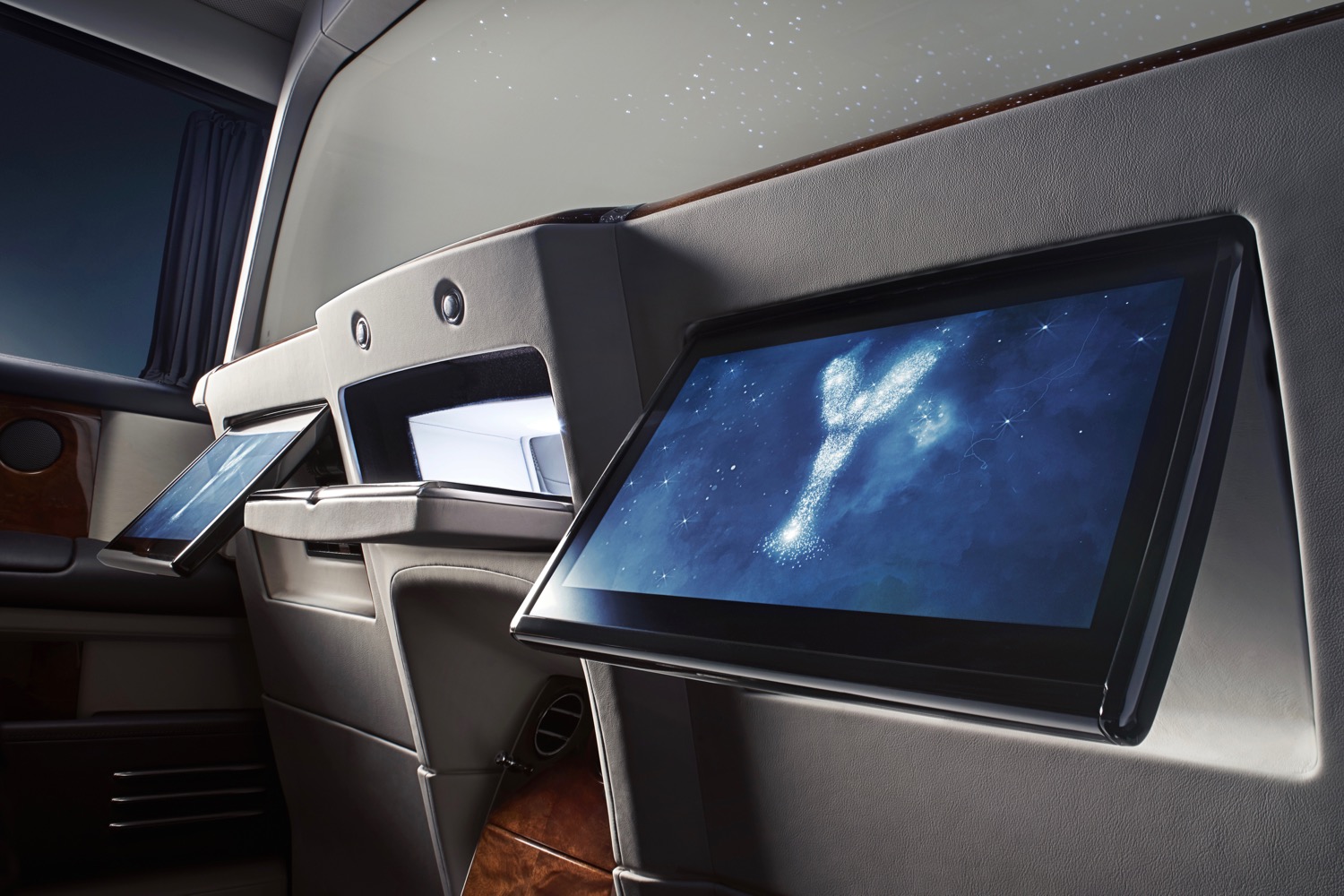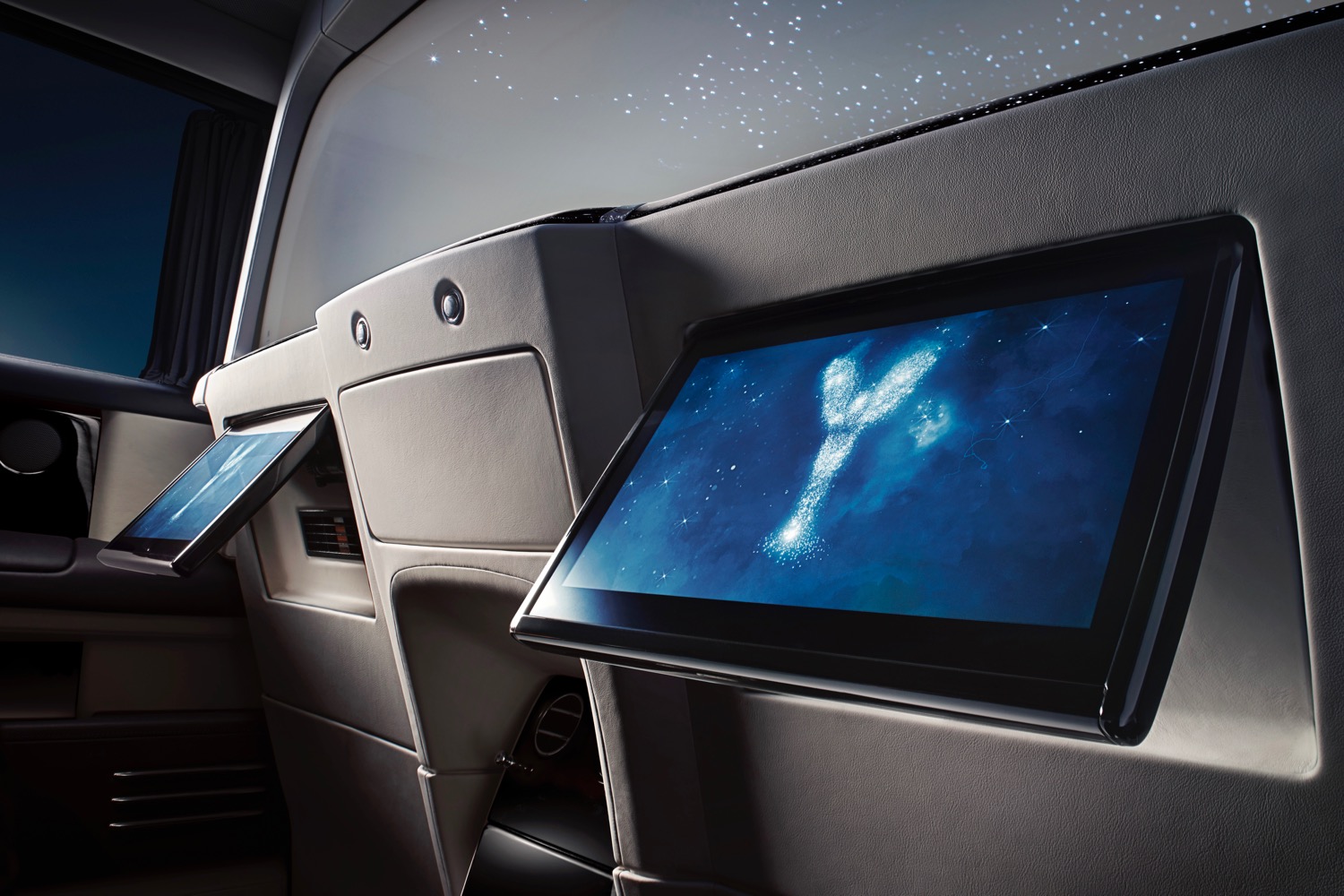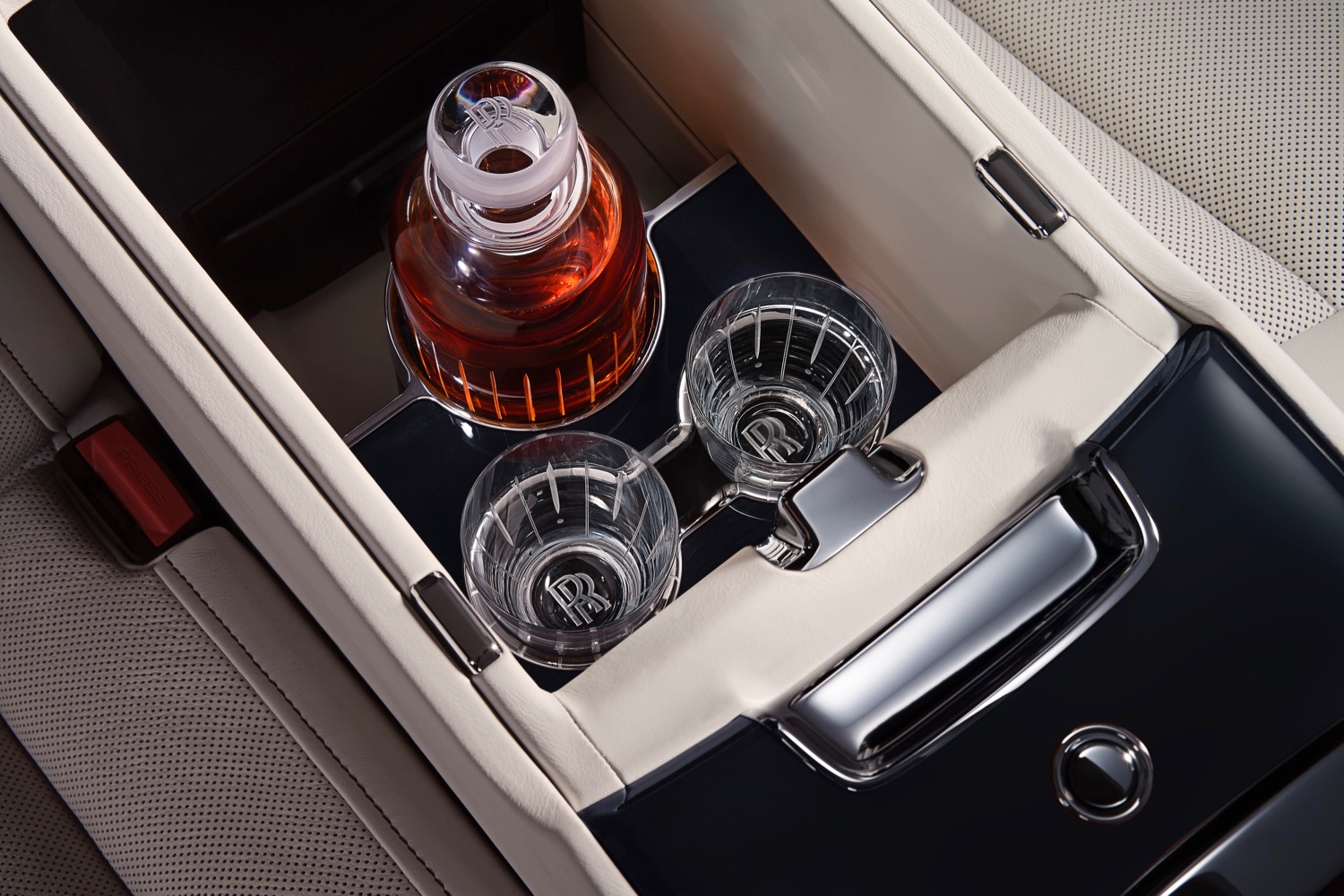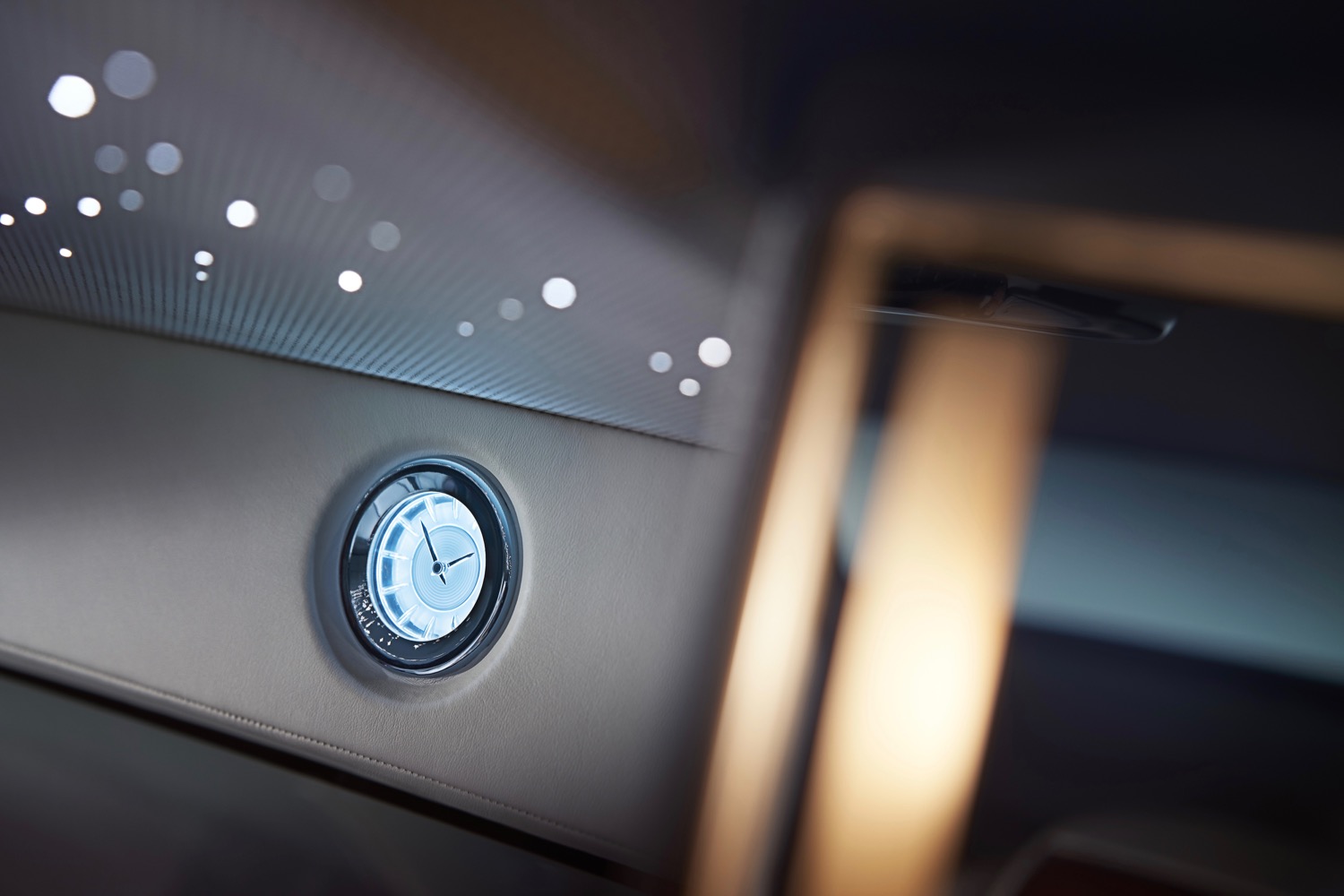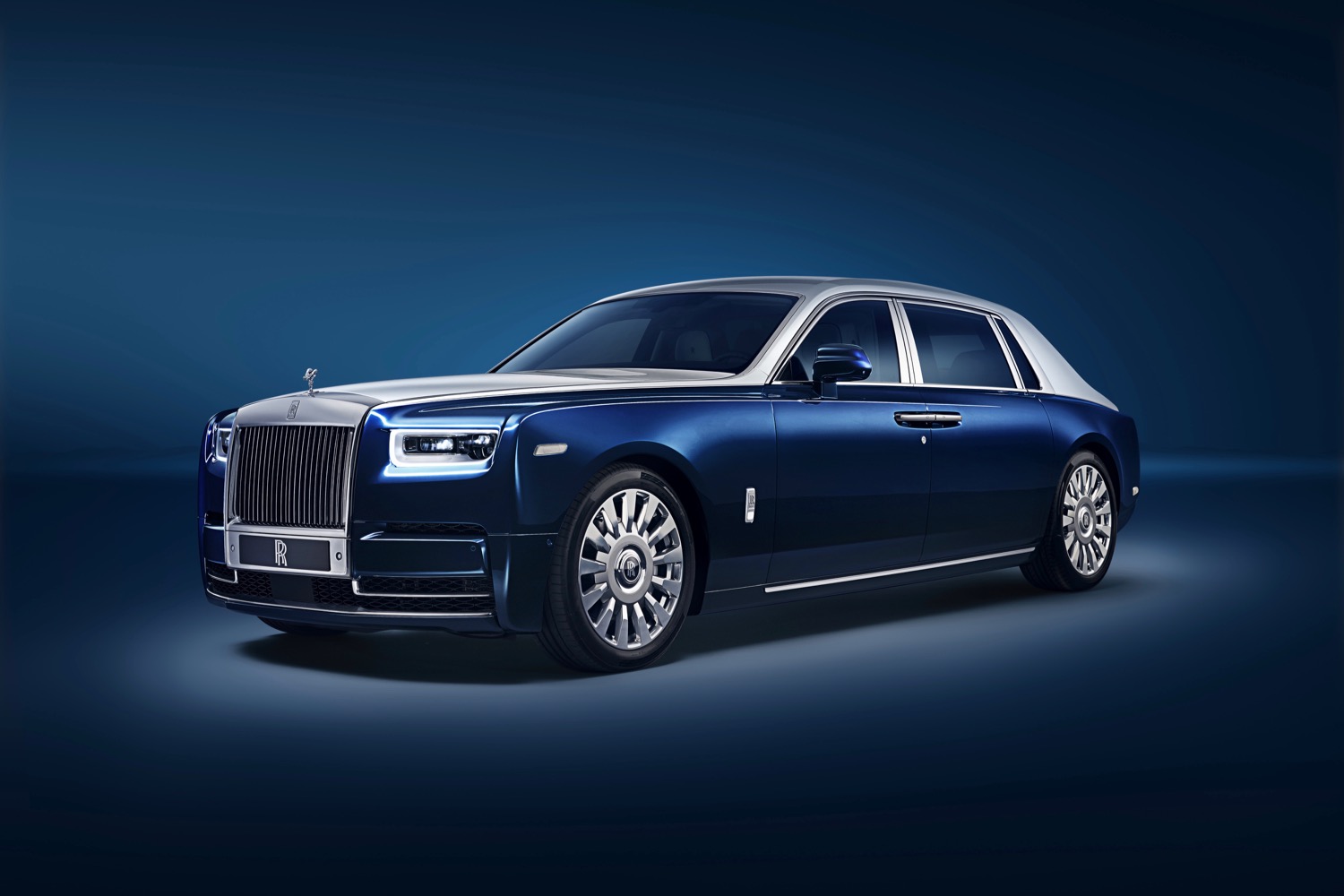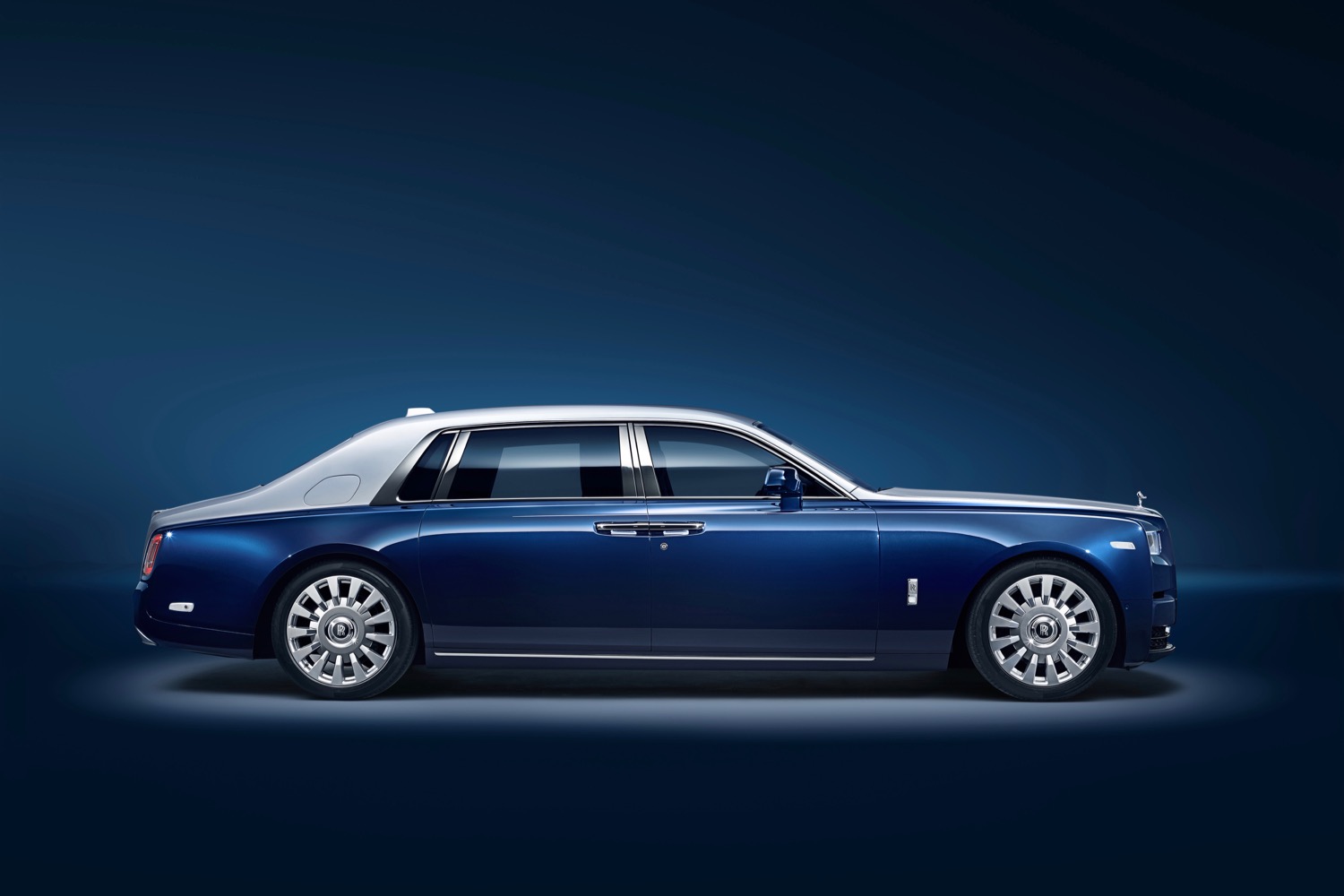The Rolls-Royce Phantom is a four-wheeled sensory-deprivation tank, separating its occupants from the outside world more effectively than just about any other car. But about plutocrats who won’t even concede to sharing space with their chauffeurs? Rolls-Royce has a solution. It’s called the “Privacy Suite,” and it separates front and rear seats with a limousine-like partition.
Designed for the long-wheelbase version of the Phantom, the Privacy Suite was unveiled at the 2018 Chengdu Auto Show. Like an upscale version of Get Smart’s Cone of Silence, it allows backseat occupants to chat without being overheard by anyone.
“Throughout history, the power brokers and history makers have negotiated some of the most historical agreements in confidence thanks to the ‘luxury of privacy’ afforded to them by the rear compartment of a Rolls-Royce,” the automaker said in a statement.
Bringing this vision of a smoke-filled room on wheels into the 21st century, the Privacy Suite uses electrochromatic glass to separate the front and rear of the interior. The glass switches from transparent to opaque at the touch of a button. A frequency-specific sound-absorption material inhibits the transmission of conversations in the rear of the car to the front. An intercom allows rear-seat passengers to communicate with the driver.
The partition also has a hole for passing objects between the front and rear sections of the cabin. Opening and closing are controlled by the rear-seat passengers only, and the hole is “discretely illuminated to ensure passengers are satisfied with the nature of the documents or objects before they receive them,” according to Rolls-Royce. That sounds like a perfect feature for paranoid plutocrats.
When the secret negotiations conclude, passengers can switch on a rear-seat entertainment system with two 12-inch screens, with controls mounted on a center console. Rear curtains and privacy glass complete the package. The Privacy Suite can also be combined with Rolls’ Starlight Headliner, which uses pinpricks of light on the ceiling to imitate the look of a night sky.
Rolls-Royce did not discuss pricing, but the Privacy Suite is presumably an expensive addition to an already expensive car. But Rolls-Royce customers have plenty of money and an appetite for pricey add-ons, so the Privacy Suite should prove popular. It’s likely only a matter of time before a customer requests the setup for Rolls’ new Cullinan SUV.


